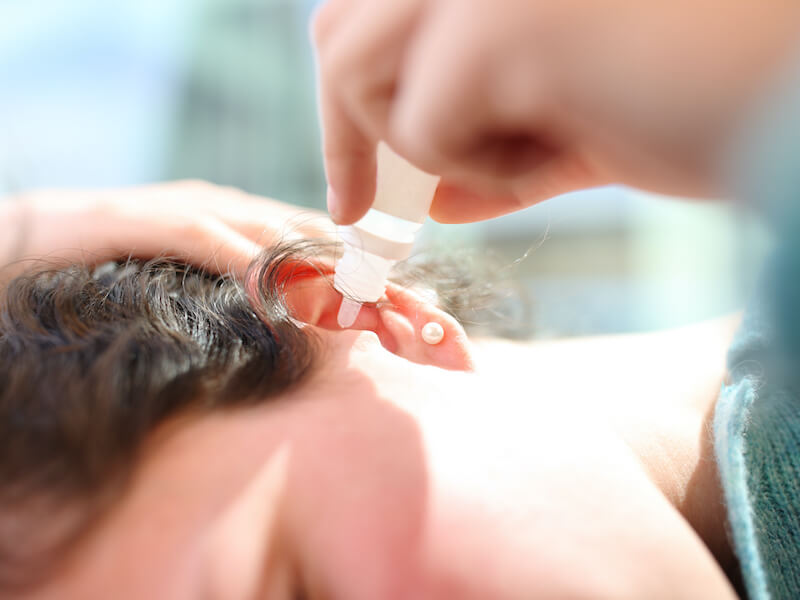
When you take a shower, always remember to clean your ears. It’s difficult not to say that in your “parenting” voice. Perhaps when you were a child you even remember your parents telling you to do it. As you get caught up in past nostalgia, that kind of memory can take you back to simpler times.
But that advice can be pretty helpful. Your hearing can be significantly affected by an overabundance of earwax. And additionally, earwax can solidify inside your ear and become really difficult to clean. Bottom line, you’ll be best off keeping those ears clean.
Excessive earwax? Eww!
Earwax is, well, kind of gross. That’s a viewpoint that most individuals share. But it’s actually important for your ear’s health. Earwax is produced by glands in your ears and is then pushed out when you chew in order to keep your ears free of dirt and dust.
Essentially, the ideal amount of earwax can help keep your ears healthy and clean. However counterintuitive it sounds, the reality is that earwax itself isn’t a sign of poor hygiene.
Too much earwax is where the problem begins. And, understandably, it can sometimes be a little bit difficult to tell when a healthy amount of earwax begins to outweigh its usefulness (literally).
What does accumulated earwax do?
So, what happens as a result of accumulated earwax? Earwax that gets out of control and, over time, builds up, can lead to several problems. Those issues include:
- Earache: One of the most common signs of accumulated earwax is an earache. It doesn’t have to hurt too much (though, in some cases it can). This typically occurs when earwax is causing pressure in places where it shouldn’t be.
- Dizziness: Your ability to maintain balance depends greatly on your inner ear. So when accumulated ear wax causes your inner ear to have issues, your balance can suffer, causing you to feel dizzy.
- Infection: Infections can be the consequence of excessive earwax. If fluid builds up, it can get trapped behind impacted earwax.
- Tinnitus: Tinnitus is a condition where you hear a phantom ringing or buzzing in your ears. Tinnitus symptoms can appear or get worse when earwax is built up inside your ear.
This list is only the beginning. Headaches and pain can occur because of uncontrolled earwax accumulation. Excessive earwax can hinder the functionality of hearing aids. This means that you might think your hearing aids are having problems when the real issue is a little bit too much earwax.
Can your hearing be impacted by earwax?
The quick answer is yes. One of the most typical issues associated with excess earwax is hearing loss. When earwax builds up in the ear canal it produces a blockage of sound causing a form of hearing loss known as conductive hearing loss. Your hearing will usually go back to normal after the wax is cleaned out.
But there can be sustained damage caused by excess earwax, especially if the buildup gets extreme enough. And tinnitus is also normally temporary but when earwax blockage persists, long-term damage can cause tinnitus to become an enduring condition.
Prevention, treatment, or both?
It’s a good idea to keep track of your earwax if you want to protect your hearing. It’s incorrect cleaning, not excess production that leads to buildup in most cases (a cotton swab, for instance, will often compress the earwax in your ear instead of getting rid of it, eventually causing a blockage).
It will often call for professional eradication of the wax that has become solidified to the point that you can’t get rid of it. The sooner you receive that help, the sooner you’ll be able to hear again (and the sooner you’ll be capable of cleaning your ears the correct way).
References
https://my.clevelandclinic.org/health/diseases/14428-ear-wax-buildup–blockage